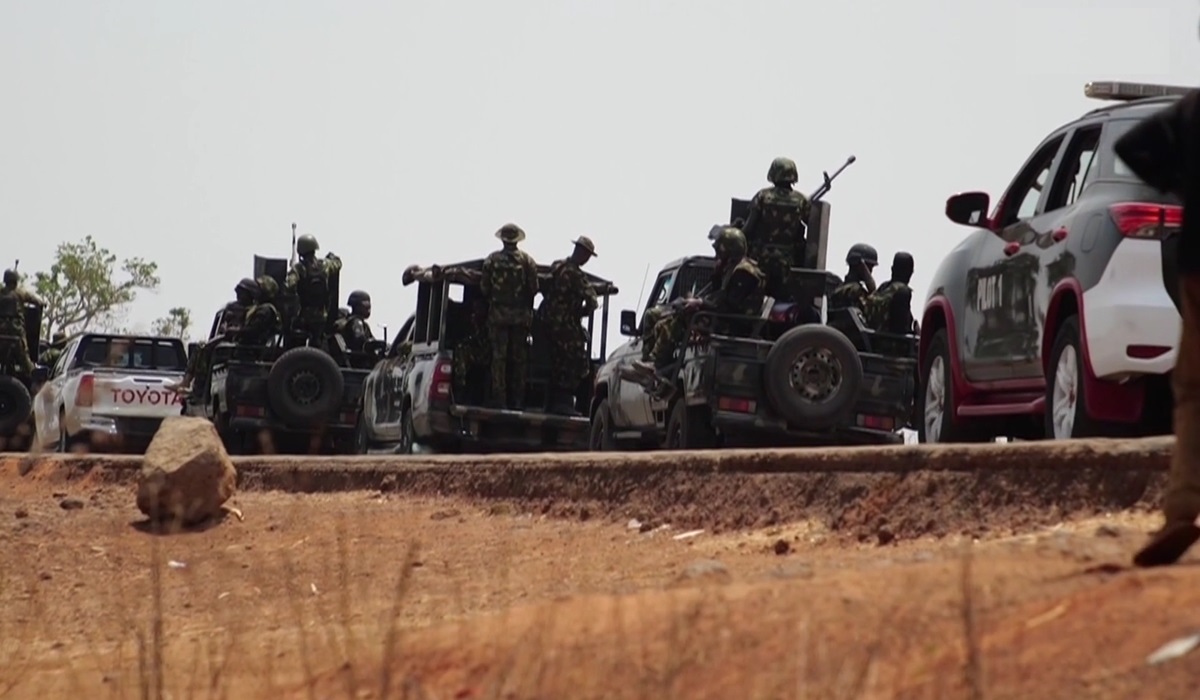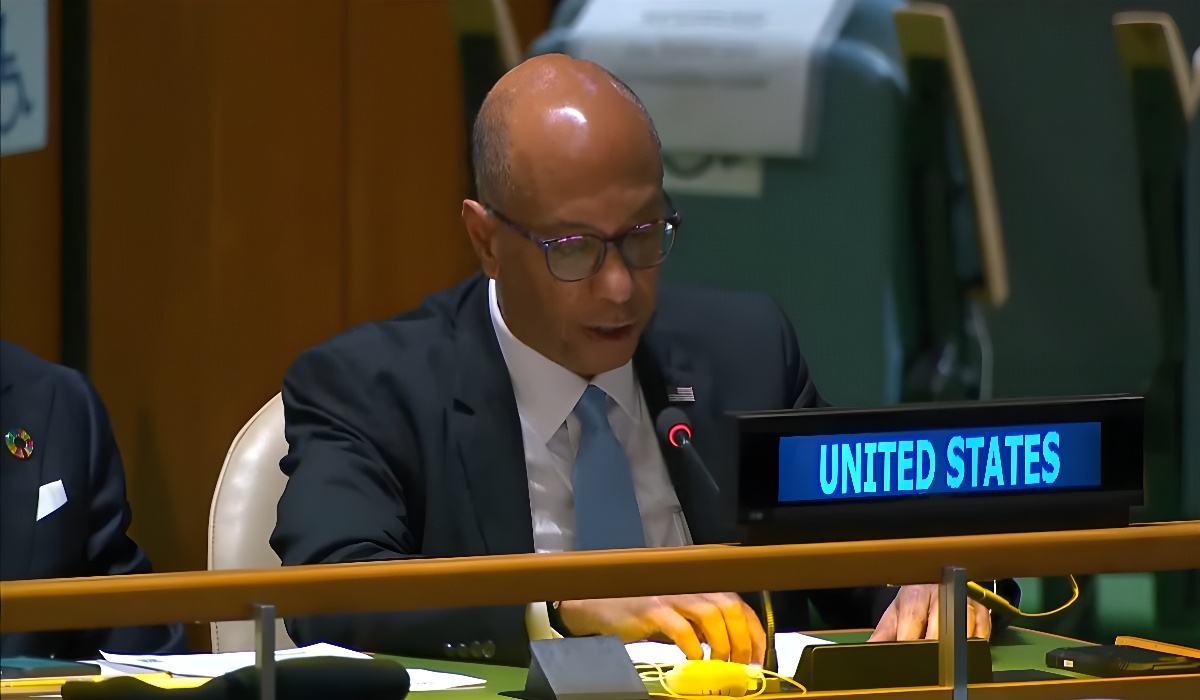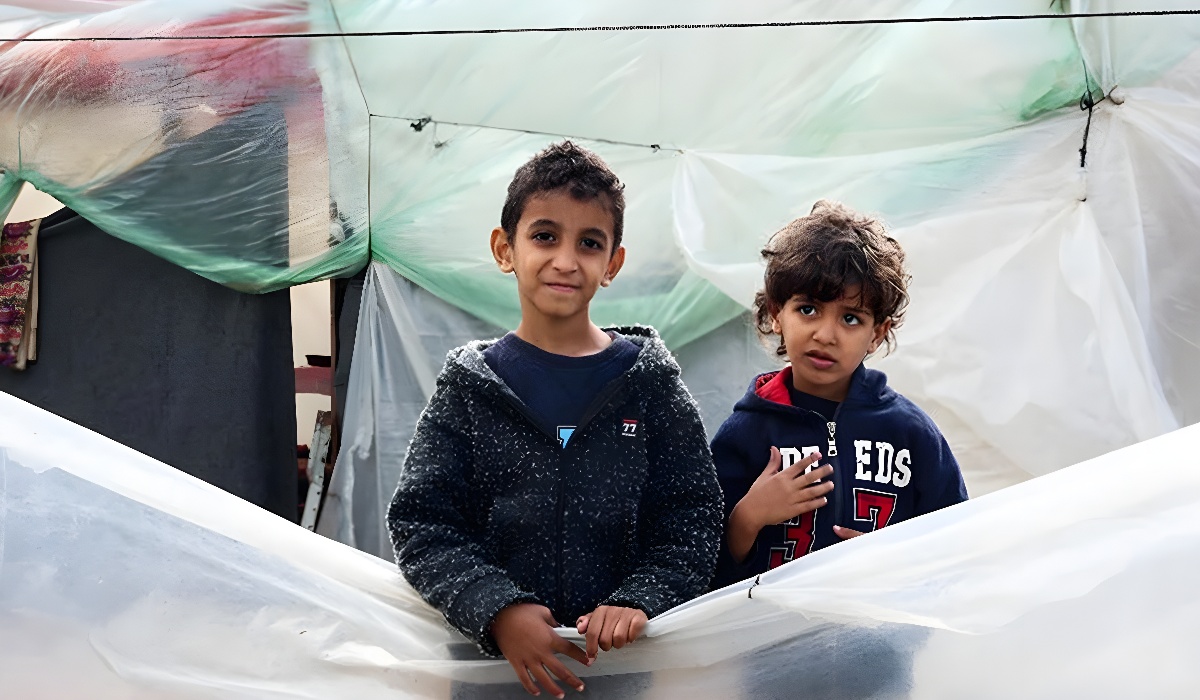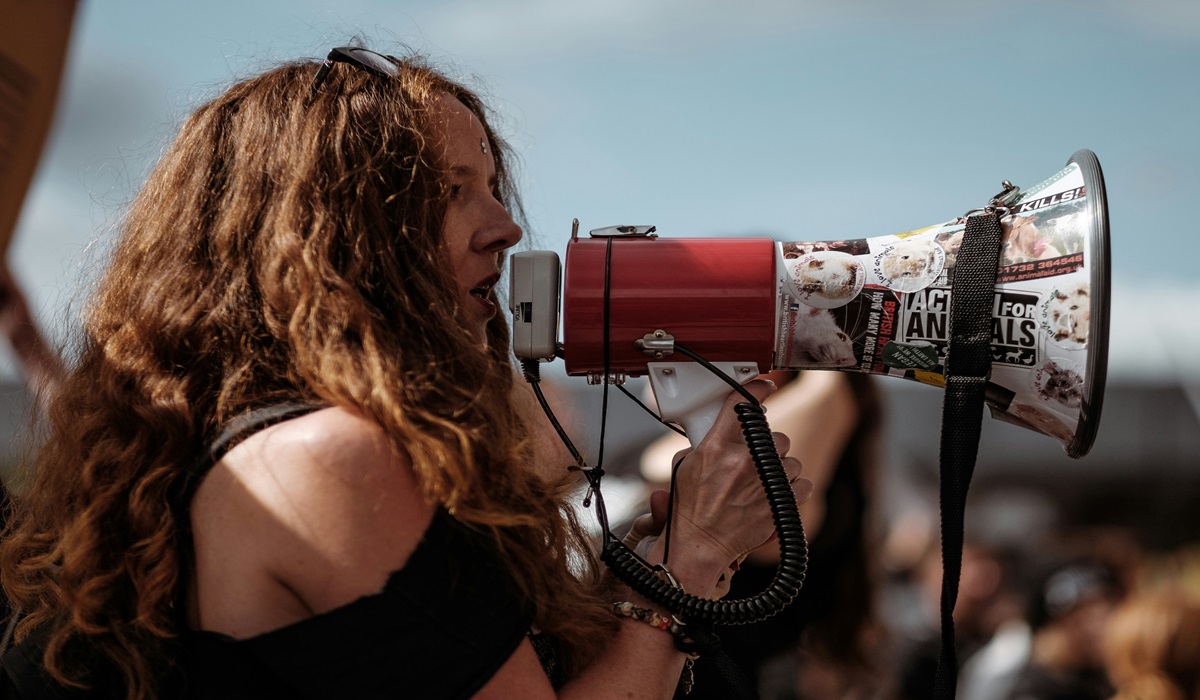Wildfires In BC Caused By Lightning Strikes Force Immediate Evacuation
- TDS News
- Breaking News
- Western USA
- August 12, 2022
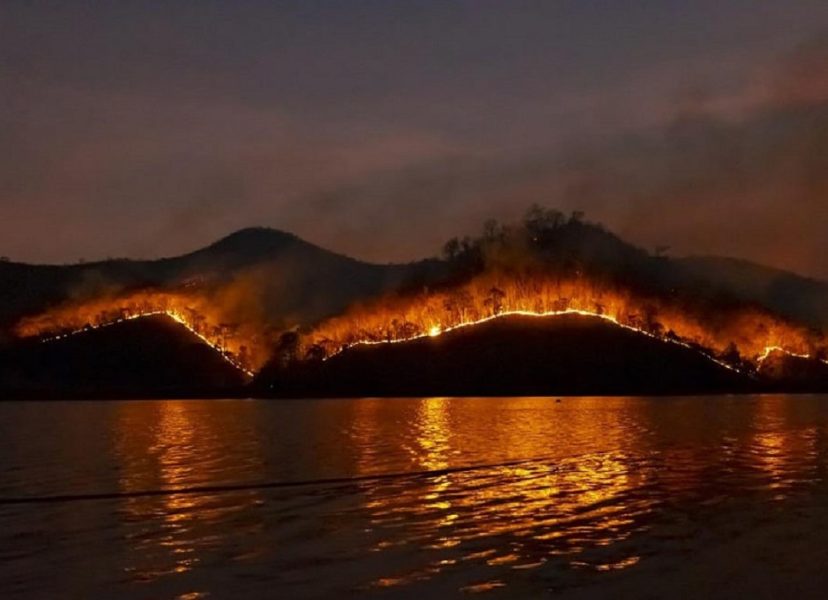
The devastating effects of climate change are causing hectares of burning land cost to cost
Firefighters are dealing with several wildfires after a lightning storm moved over Vancouver Island on Wednesday morning. Julia Caranci with the Coastal Fire Centre said there were more than 800 lightning strikes on the island at 3 p.m. P.T., sparking ten new fires in the northern and mid-island fire zones.
“The thing with lightning storms is that lightning fires can smoulder in the ground for hours and even days,” said Caranci. “So it is highly likely that more fires could be reported from these strikes that we had today.”
All of the fires are centred around the Barkley Sound area, with blazes reported near the communities of Port Alberni, Ucluelet, Bamfield, Buttle Lake and Nitinat Lake.
“We now have nine fires that we are either on scene at or en route to,” said Julia Caranci, a fire information officer with the Coastal Fire Centre, in an email Wednesday afternoon.
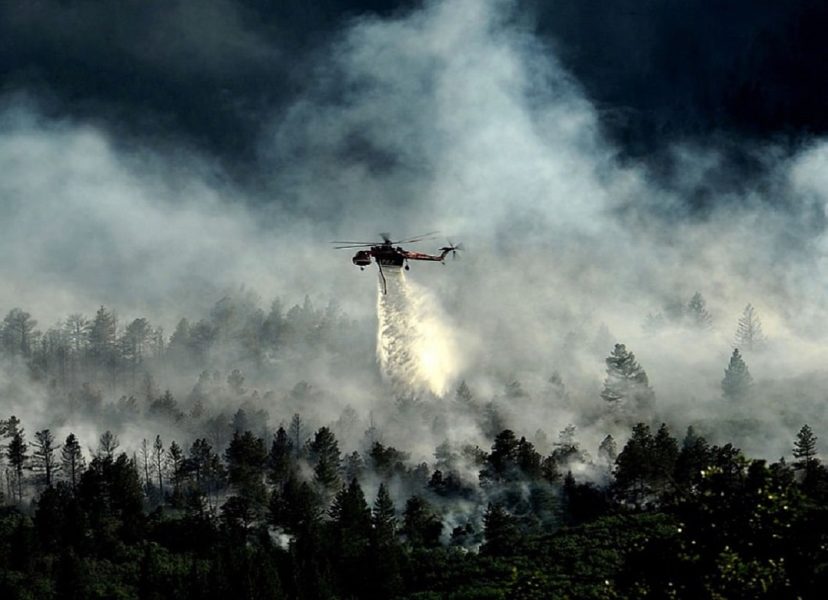
Due to their proximity, some of the fires reported to officials Wednesday may be the same conflagration that occurred multiple times.
The B.C. Wildfire Service has counted 579 wildfires in the province in 2022, with the most destructive blazes reported in the province’s Interior and southeastern regions. Fifty-eight wildfires were burning in B.C. on Wednesday afternoon.
Meanwhile, drones are helping map hot spots in a wildfire burning in British Columbia’s Okanagan region, as cooler conditions help firefighters elsewhere bring blazes under control.
Crews are making progress on several wildfires in the province, including a blaze near Lytton that broke out nearly a month ago and destroyed several properties.
But B.C. Wildfire Service information officer Mikhail Elsay told a news conference Wednesday that crews are still having a difficult fight with the 68-square-kilometre fire southwest of Penticton in the Okanagan.
“While we have been making good progress, this fire is still not contained and out of control at this time, especially on the western flanks.”
Elsay said new drone technology is being used to scan the fire’s edges to ensure flames have been put out. The drone was operated overnight and helped crews understand what hot spots should be targeted, he said.
The area where crews have made progress means that residents in about four dozen homes will be allowed to return. However, more than 500 other homes, including the entire community of Olalla, remained under an evacuation order on Wednesday.
Another 1,000 properties in the area are under an evacuation alert, which means residents must be ready to leave on short notice.
Highway 3A, which cuts through the valley where crews have been trying to control the wildfire, remained closed.
All Olalla residents were given the go-ahead to head home on Thursday, with the fire conditions around their homes becoming increasingly safer.
It’s been a tough week for many, and tensions have been high throughout the ordeal. At times, communication between those wanting to go home and the people working the checkpoints have become strained as people want access to their homes.
As fires are a safety concern, the priority of the preservation of life will always be paramount.




